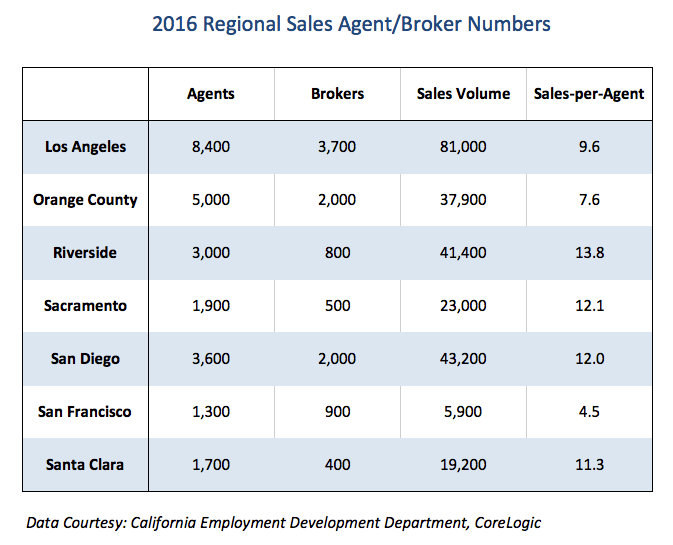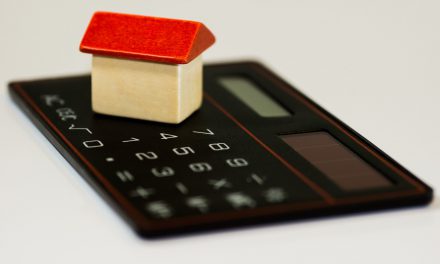For full-time real estate agents: how many hours do you work each week on average?
- More than 40 hours. (58%, 40 Votes)
- Less than 40 hours. (38%, 26 Votes)
- 40 hours. (4%, 3 Votes)
Total Voters: 69
This article examines the U.S. real estate agent fee structure and compares the U.S. fee structure to those in other countries.
The business of buying and selling homes is ripe for disruption.
The traditional fee arrangement has the seller paying 6% of the home sale price — 3% to cover the buyer’s agent and 3% to cover the seller’s agent. Some agents will negotiate this fee, but the practice is extremely frowned upon by industry leaders and other agents.
This 6% fee has become normalized and accepted across the industry, and in the past was enforced by the National Association of Realtors (NAR). While the term price fixing comes to mind, that practice was outlawed officially in 1981 as a violation of anti-trust laws. [People v. National Association of Realtors (1981) 120 CA3d 465]
Still, the normalized 6% fee persists.
Bold sellers will sometimes ask their agent to lower their fee, but the agent rarely gives in. In addition to the money involved, they have other things to consider, including their reputation with other agents.
Redfin tried to disrupt the traditional fee model by offering fewer services and charging a low 1% seller fee, but found little interest from sellers. Sellers were unwilling to sacrifice for a lower level of service even with the enticement of a lower fee. Redfin ultimately found more success by hiring more agents to increase their service, and in turn increased their seller fee slightly to 1.5%. Still, their market share is tiny and has not spread beyond the novel home sale.
Why has the 6% fee persisted in real estate transactions — and is it necessarily a good thing for real estate agents?
How agents in other countries charge
In the UK, real estate agents — or just “estate agents” as they’re known locally — charge fees ranging from 1%-2% of the home’s sale price, with the average close to 1%. In contrast, the average U.S. home seller pays 6% of the sale price to the agents involved.
How do these estate agents make a living when they’re making one-sixth the income per transaction that a U.S. agent makes?
They make up the difference two ways, by:
- collecting a small base salary from their brokers; and
- completing a higher volume of transactions each year.
Homebuyers and sellers in the UK are also more likely to use online agents, which charge a flat fee per transaction, typically costing less than £1,000.
They are able to complete more transactions each year by spreading out more responsibilities, hiring out for professional photographers and making greater use of unlicensed transaction assistants. (In the U.S., Redfin does this, too).
On the other side of the world, sellers in China pay about the same percentage fee, typically 0.5%-3% of the sales price. In Mexico, the agents’ fees are split between the buyer and seller and ranges from 3%-6%. In Spain, the agents’ fee is paid by the seller and is typically 2.5%-3% of the sales price.
When viewed alongside most other nations, it’s clear U.S. homebuyers and sellers are paying too much for their real estate services.
U.S. agents — gambling on income
The rub with the 6% real estate fee is that U.S. agents ultimately need that high fee in order to make a living. That’s because, unlike in the UK and some other countries, most U.S. agents:
- do not receive a base salary; and
- complete fewer transactions each year.
In California, the average number of transactions completed each year per agent varies widely based on metro — but the average number everywhere from Riverside to San Francisco is no greater than 15 transactions per year.

The table above displays 2016 numbers. But as home sales volume has remained flat in 2017 and the licensee population has increased, the number of sales-per-agent has actually decreased since 2016 data became available.
Related article:
When there are fewer transactions available per licensee, agent and broker incomes suffer dramatically. In places where agents are completing dozens of transactions a year — like in the UK — the loss of a few home sales doesn’t make a big difference over the course of a year. But for an agent who expects to only complete 10 or 15 sales in a year, any sale that falls through is devastating.
The fact is, here in the U.S. — including California — the agent-to-transaction ratio is imbalanced, and the cycle is vicious.
Agents fight tooth and nail for their handful of seller clients each year, and in order to make a living, demand a high fee. That makes logical sense. Some agents crave the excitement and drive of this high stakes environment.
But imagine what would happen if agents lowered their fees.
Would more sellers be encouraged to list their homes now that their profits are larger? Would more people become homeowners as prices become less inflated to cover the agent fee? Would fewer sellers choose to forego an agent when selling? In other words — would the number of agent-assisted transactions increase, balancing out agent income?
Fee restructuring options
The 6% fee is so ingrained in the real estate industry, we at first tuesday understand the challenges in reform. It’s much easier to continue the status quo. But in case you’re one of the bold brokers ready to try something new, here are some ways to consider restructuring your agent fees:
- Hourly fee. Charging an hourly fee is a sound way to ensure agents get paid even for work they do for buyers and sellers who ultimately never close. You may run into reluctance from clients who do not wish to agree to pay when they never buy or when their listing expires. But you want to avoid these types of clients anyway, who are not serious about their real estate goals.
- Flat fee. You may consider a flat fee charged per transaction. Flat fees are most common on “hot deals” when the property sold is too cheap to justify a 6% fee, or when the fee is not intended to be split with another agent.
- Smaller fee, base salary. Brokers handling large transaction volumes and a large number of agents can consider the Redfin model, which charges clients lower fees and pays its agents a base salary, supplemented by bonuses for good customer feedback. This has been tried by different brokerages with success in many U.S. cities, proving there is a market for this type of service.
There are challenges involved in each of these strategies. For instance, setting up salaries requires a lot of cash reserves. And the paperwork involved in tracking hours is daunting. [See RPI Form 520]
But the reward potential is high. When sellers have the opportunity to pay lower fees, turnover will rise along with sales volume. Home price increases will stabilize, encouraging more qualified renters to become homebuyers. Most importantly for agents, there will be more transactions to go around.














If a seller needs to sell their house they just call an agent they don’t really consider the cost as they have to sell. They sometimes don’t even check out an agent’s qualifications or experience or sales volume. If someone knocks on their door or calls them or gives them a card then they use that person. I have tried offering a lower commission but sellers really don’t seem to care that much. Help U Sell is not mentioned in the article. They charge a lower commission but the seller shows the property themselves and every service extra. The big problem with real estate is the lack of a state wide or nation wide MLS. These little MLS boards make it hard for brokers in another area to find out about listings. Their is a movement is CA to get all the boards to join crmls but progress is slow. Zillow is much more comprehensive.
I’m fascinated about the aticle’s reference to 6% commission — I haven’t seen 6% for a few years.
In Australia the agents earn 3% plus GST (total 3.3%) but they don’t cooperate and the seller pays for the advertising. Every listing gets a billboard describing the property (and the listing agent) and the seller signs a loan agreement which binds the seller to pay for the advertising, whether the property sells or not.
Out of the listing commission, I spend about 1% on advertising etc. If we didn’t cooperate with other brokers, and if we billed the seller for costs, we could lower commissions.